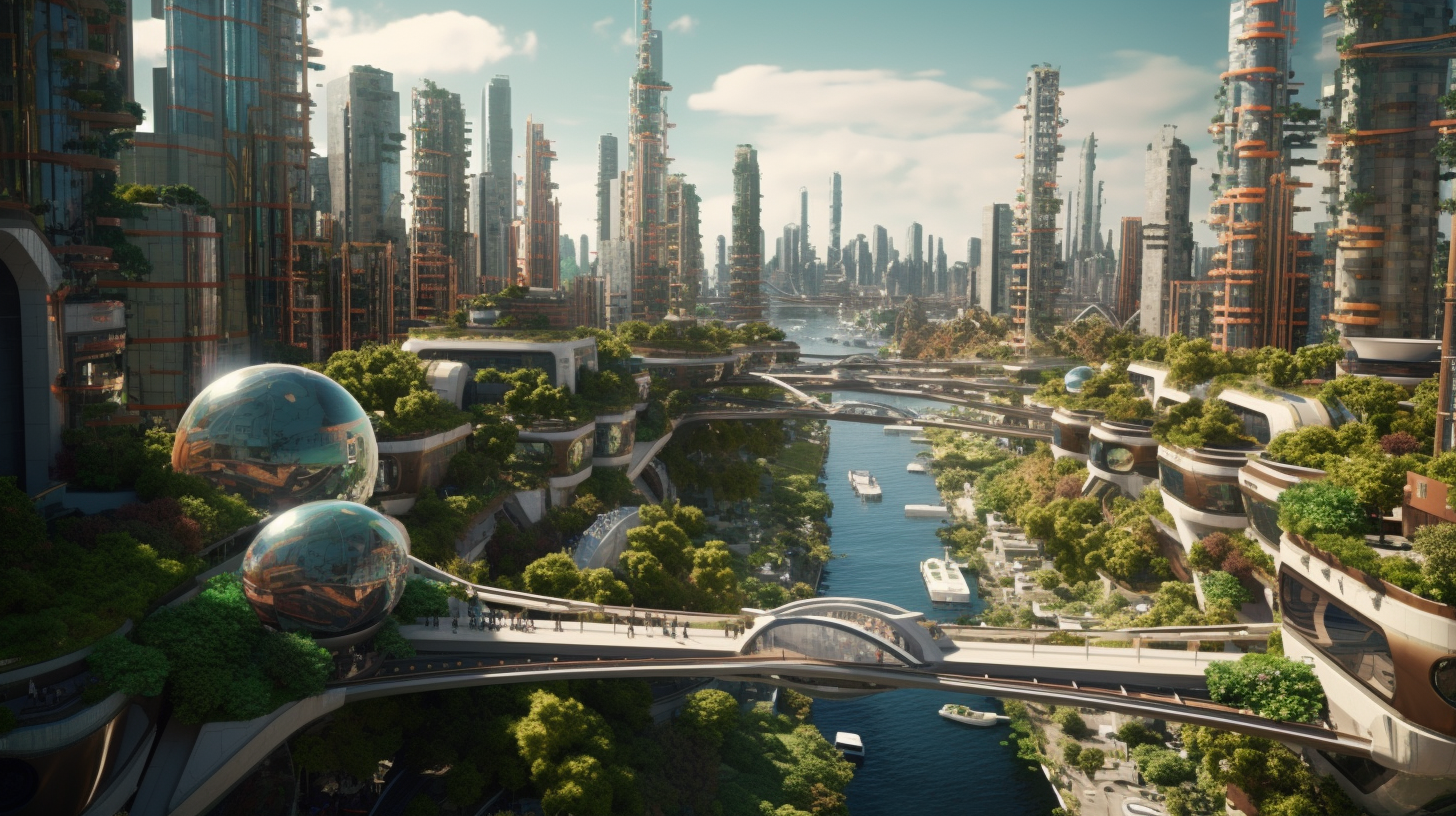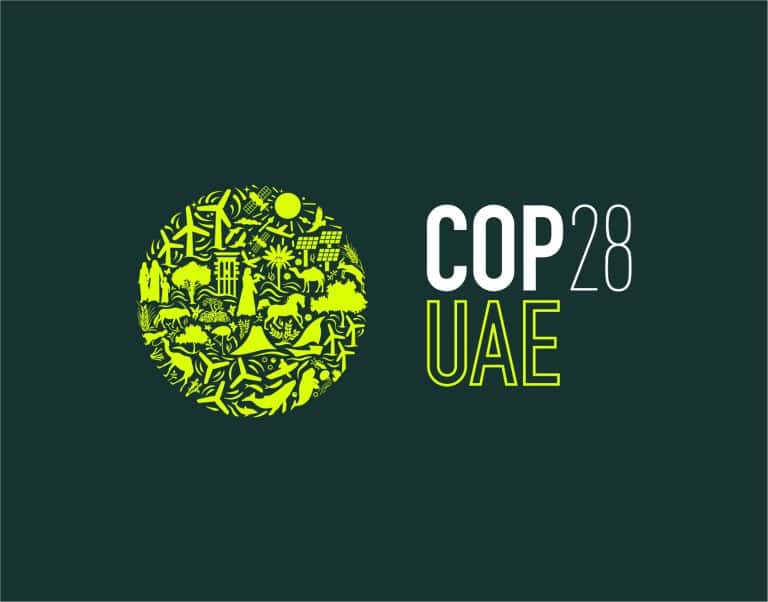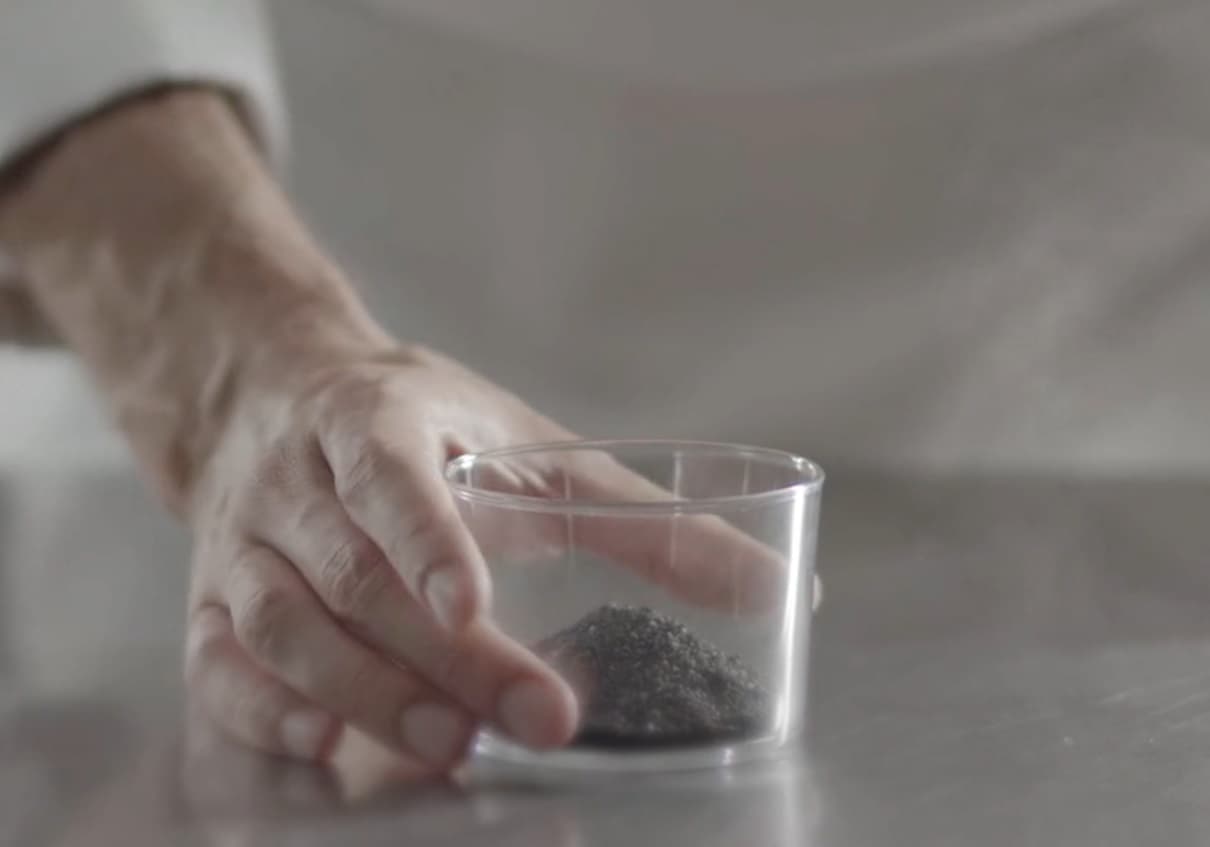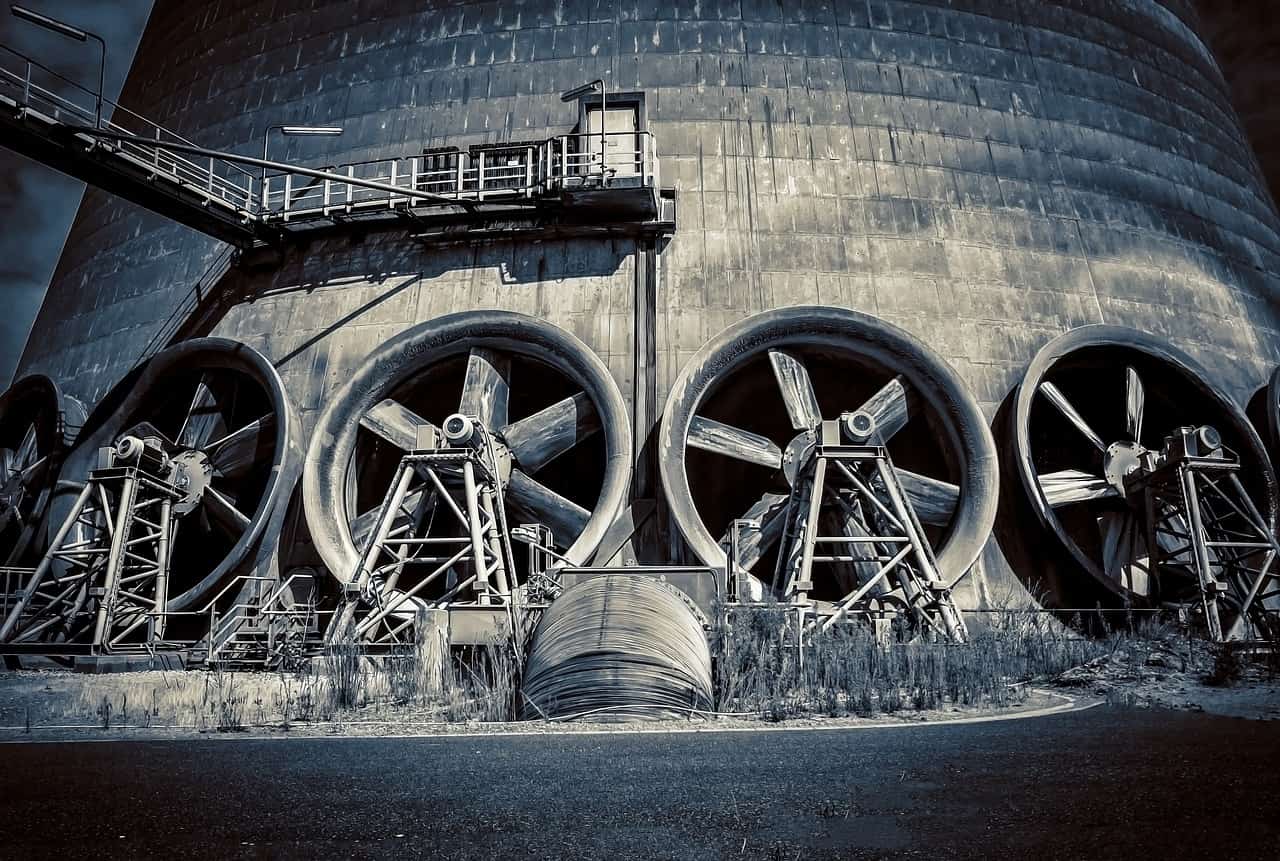
The European Union wants to be the first digitally-led circular, climate-neutral and sustainable economy. But to achieve this, different industries need to work together: ‘industrial symbiosis’. Therefore, the Horizon-Europe Innovation Action project focuses on deploying systemic industrial symbiosis through innovative technologies such as carbon capture and electrolysis. The initiative is driven by the vision of resource efficiency, renewable energy production, waste prevention and fostering symbiosis between industry, cities and rural areas.
- 20 million has been released to transform industrial zones in Europe into circular hubs.
- These include Hub Twente in the Netherlands, Hub Basque Country in northern Spain, Höchst Industrial Park in Germany and Hub Izmir-Manisa in Türkiye.
The consortium, consisting of 35 partners from different countries, will implement its innovative model in four key hubs in Europe: Hub Twente in the Netherlands, Hub Basque Country in northern Spain, Höchst Industrial Park in Germany and Hub Izmir-Manisa in Türkiye. The European Commission has allocated €20 million to this transformative initiative, bringing the total budget to €23.5 million.
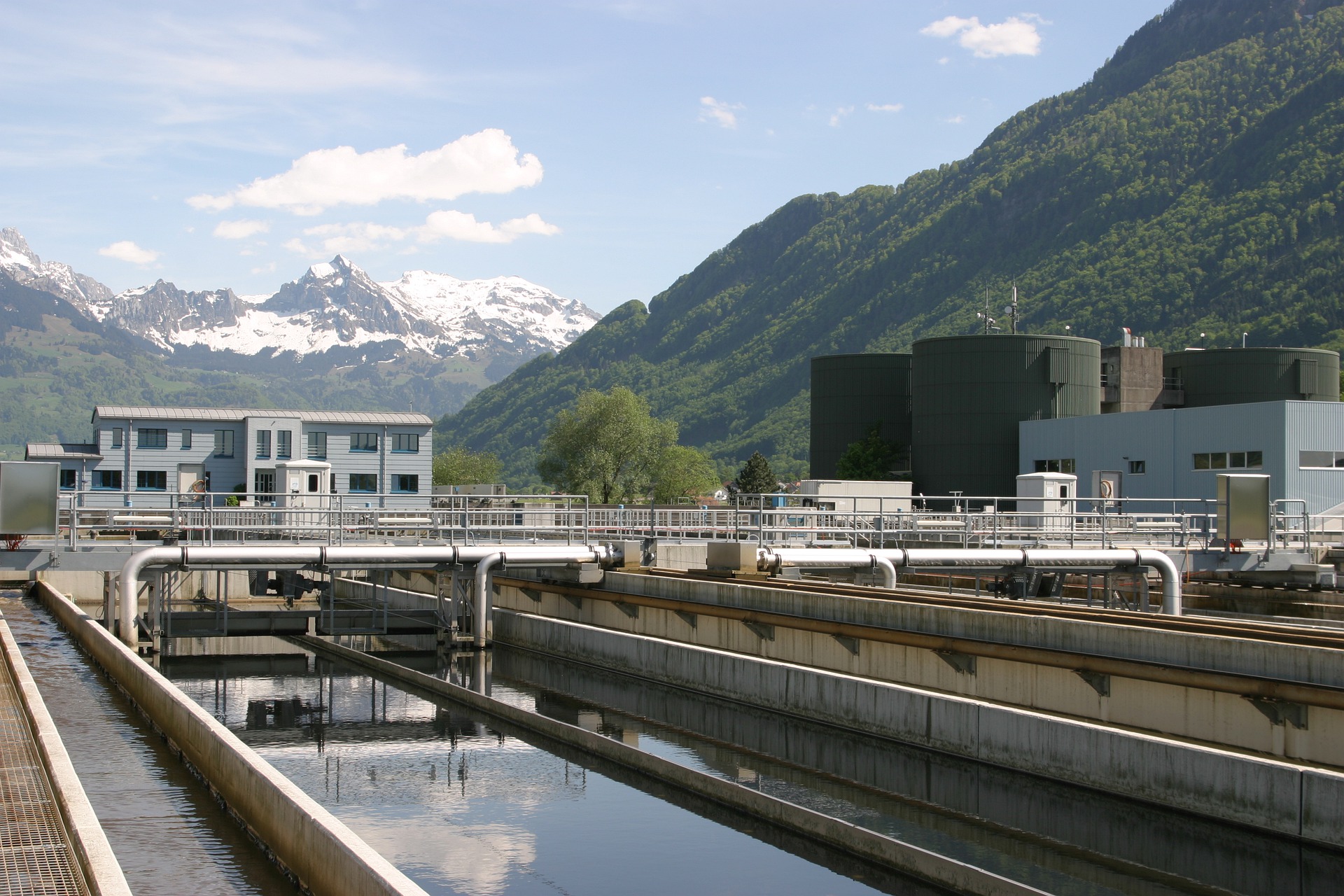
Twente hub
The University of Twente’s Sustainable Circular Economy research team is leading the innovative project. The Twente region contains a small-scale hydrogen hub formed by about 20 companies in the process industry and logistics, among others. The nearby village, Aadorp, is developing into a positive energy district by becoming independent of natural gas and fossil electricity. This village is planned to develop into a positive energy district by becoming independent of natural gas and fossil electricity. One of the planned synergies is the production of green hydrogen gas with electrolysis based on solar and wind energy in five houses in Aadorp.
This hydrogen will be transported via existing natural gas pipelines and hydrogen gas pipelines yet to be constructed. The hydrogen will also be used in one crematorium in Twente to replace natural gas. A nearby wastewater treatment plant will use the oxygen also formed during electrolysis for water treatment. The treated water can then be used again for electrolysis, completing the circle.





